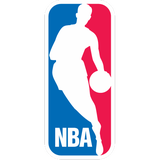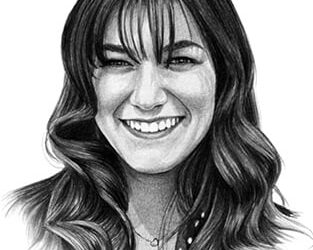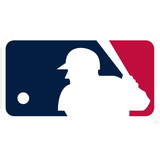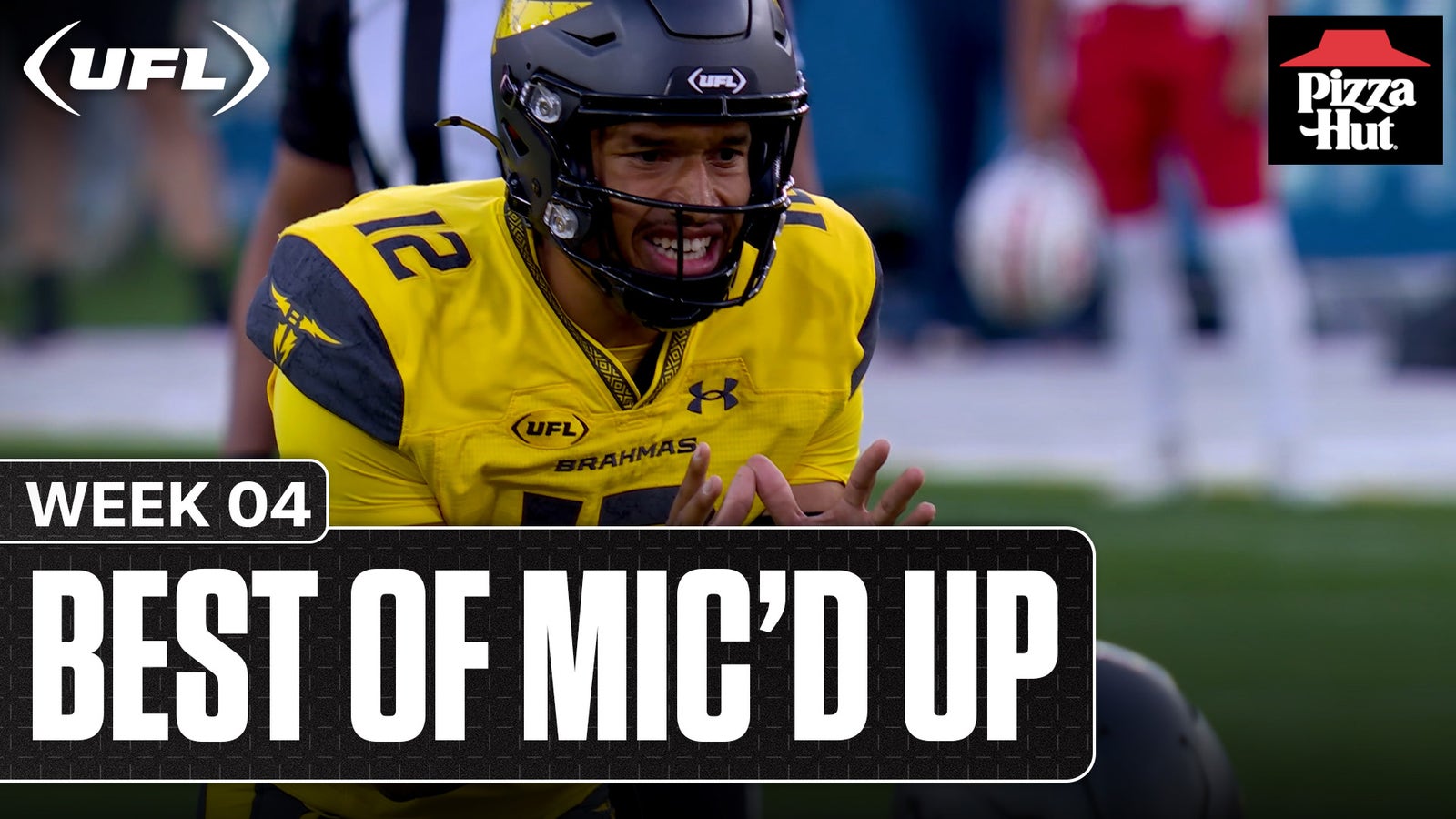What if … the 49ers drafted Aaron Rodgers instead of Alex Smith in the 2005 NFL Draft?
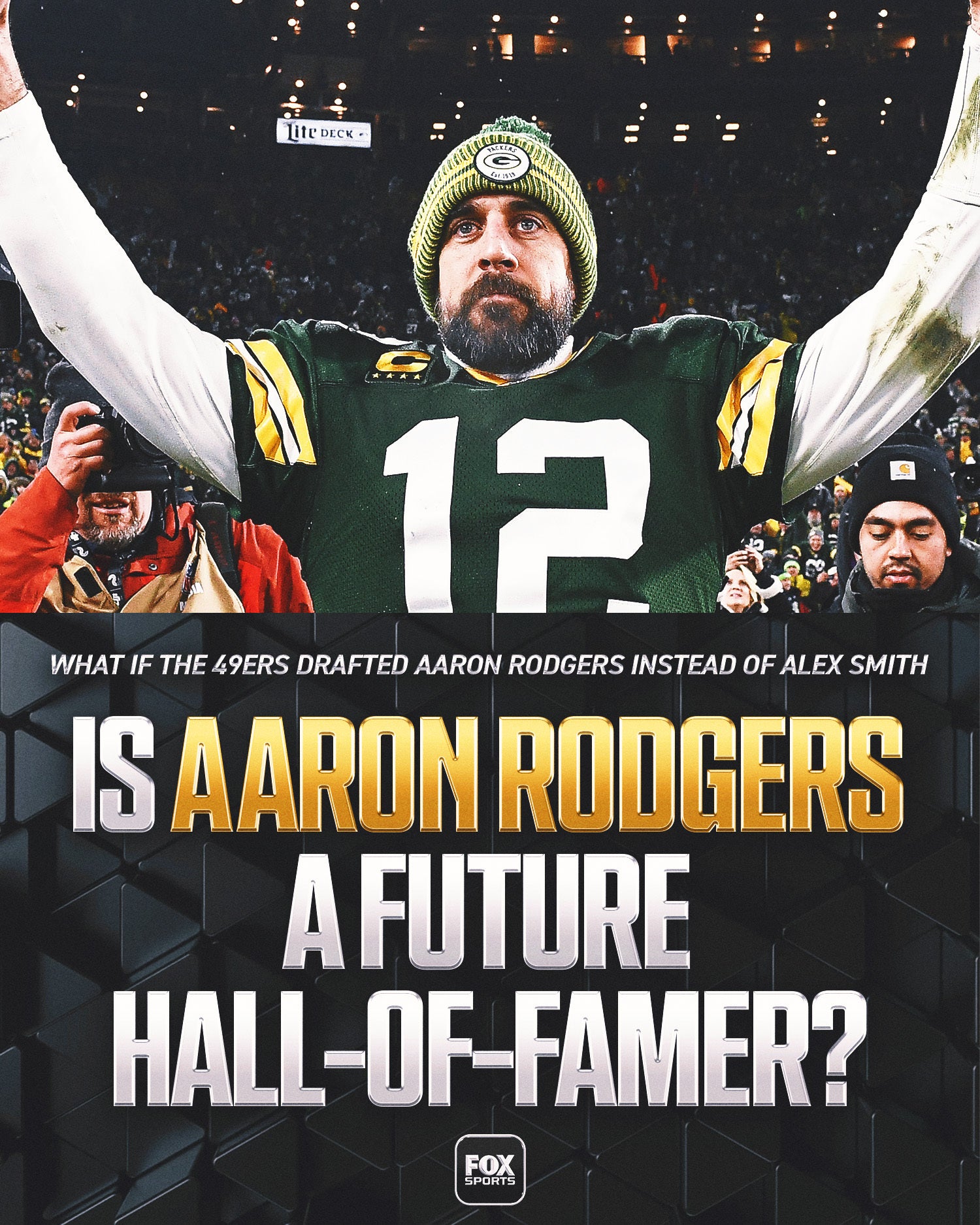
FOX Sports Research
Editor’s note: Throughout the history of sports, there have been countless moments that have made us wonder how things would differ if just one circumstance or decision had been changed. “What if” is a series in which we will examine how the trajectory of several athletes and teams could have looked had major moments gone in a different direction. While it’s impossible to predict how these outcomes would have played out, that doesn’t make it any less fascinating to discuss.
Previously: What if … Drew Bledsoe never got hurt?
What if the 49ers drafted Aaron Rodgers instead of Alex Smith?
The 2005 NFL Draft was one of the most unforgettable in league history, with the image of Rodgers watching 23 players selected before him ingrained in most of our minds. Once both he and Smith declared for the draft in early January, it was a two-horse race to be the first quarterback taken all the way up until draft week.
ADVERTISEMENT
<!–>
Smith was fresh off of an undefeated season with Utah, where he capped off a year in which he had 32 passing touchdowns and four interceptions with a 35-7 win against Pittsburgh in the Fiesta Bowl. Rodgers’ stats weren’t as impressive, but he led Cal to a 10-2 record in 2004 with signature games against Oregon and UCLA. Rodgers was also a native of Northern California, growing up a 49ers fan and playing his entire collegiate career there as well — spending a year at Butte College and two in Berkeley.
Even when there were rumblings that Smith was San Francisco’s preferred prospect, there were still so many teams ahead of Green Bay that needed a quarterback. In fact, when looking at the starters for some of these teams in the previous year, it’s jaw-dropping that Rodgers slid as far as he did. Check out some of the notable teams below:
Teams with notable need at quarterback in 2004
No. 2, Miami: A.J. Feeley, Jay Fiedler, Sage Rosenfels (4-12)
No. 3, Cleveland: Jeff Garcia, Luke McCown, Kelly Holcomb (4-12)
No. 4, Chicago: Rex Grossman, Chad Hutchinson, Craig Krenzel, Jonathan Quinn (5-11)
No. 5, Tampa Bay: Brad Johnson, Brian Griese, Chris Simms (5-11)
No. 6, Tennessee: Steve McNair (retired two seasons later), Billy Volek (5-11)
No. 7 and No. 18, Minnesota: Daunte Culpepper (traded next season) (8-8)
No. 8, Arizona: Shaun King, John Navarre, Josh McCown (6-10)
No. 9, Washington: Mark Brunell, Patrick Ramsey (6-10)
No. 10, Detroit: Joey Harrington (6-10)
No. 11 and No. 20, Dallas: Vinny Testaverde, Drew Henson (6-10)
No. 13, New Orleans: Aaron Brooks (8-8)
No. 14, Carolina: Jake Delhomme (7-9)
No. 15, Kansas City: Trent Green (7-9)
No. 16, Houston: David Carr (7-9)
No. 19, St. Louis: Marc Bulger, Chris Chandler (8-8)
No. 21, Jacksonville: Byron Leftwich, David Garrard (9-7)
No. 22, Baltimore: Kyle Boller (9-7)
No. 23, Oakland: Kerry Collins, Rich Gannon (5-11)
It’s apparent that so many teams could have benefited from the addition of Rodgers. But as just two quarterbacks were taken in the first 24 picks, this piece will mostly focus on the ripple effects of San Francisco and Green Bay. Let’s dive in.
The biggest question in this “what if” scenario is whether Rodgers still has the illustrious Hall of Fame career he did as a result of his draft slide. Remember, he sat three seasons behind Brett Favre — a three-time MVP who already had one Super Bowl to his name and finished his career top-five all-time in both passing yards and touchdowns. While their relationship has been documented as complex, sitting behind one of the best quarterbacks of all time had to have played a role in Rodgers’ development.
It also took the pressure off of him, something Smith had to deal with immediately as the No. 1 pick. Rodgers’ mechanics in college were also the subject of much discussion, which several draft analysts pointed to after the fact as the reason for his slide. The three years behind Favre gave him time to work on this problem.
Some of the best quarterbacks in history didn’t play for the majority of their rookie year, such as Tom Brady, Joe Montana, Drew Brees, Patrick Mahomes — even Favre himself. Would the pressure of playing hometown hero for one of the most storied franchises in NFL history have gotten to a 22-year-old Rodgers? We’ll never know, but fit is almost everything in professional sports, and there’s no doubt that Green Bay and Rodgers resulted in a nearly perfect marriage for more than a decade. In 15 seasons as a starter there, he won the MVP award four times, was selected to 10 Pro Bowls, made five All-Pro teams, won Super Bowl XLV and led the league in touchdown passes twice.

Even if Smith hadn’t landed in San Francisco, there were still a number of teams that needed help at quarterback.
Arguably the most intriguing one is Miami, which had just hired Nick Saban in December 2004 and ended up with the second pick of the draft. Clearly, Saban didn’t think Rodgers was a great fit for his roster as the Dolphins selected running back Ronnie Brown with the pick, but who’s to know if he thought highly of Smith, who had been coached by Urban Meyer at Utah, a respected colleague of Saban’s in the collegiate ranks. Despite making the playoffs just once with San Francisco and going 38-36-1 in seven regular seasons, Smith still went on to notch three Pro Bowl trips with Kansas City and even led the league in passer rating in 2017. Perhaps Saban could have unlocked this earlier, or maybe even another coach.

Favre might have delivered a championship in ‘96, but the most recent Super Bowl that “Titletown” has seen came under Rodgers. He led the Packers to a fourth Super Bowl win in the 2010-11 season. He’d already thrown for 4,000 yards in each of the previous two seasons and had 58 touchdown passes in that span, but lost to the Cardinals in his lone prior playoff appearance in 2009. The four-game run he engineered in the 2010-11 playoffs was truly magical — Rodgers threw for 1,094 yards with nine touchdowns, just two interceptions and also rushed for two scores.
But what if it had been Favre still under center at this point? Or what if the front office had drafted or traded up for one of the quarterbacks taken in the subsequent drafts? Notable quarterbacks taken in the first round of the four drafts between 2005 and 2010 include Vince Young (’06), Matt Leinart (’06), JaMarcus Russell (’07), Joe Flacco (’08), Matt Ryan (’08), Mark Sanchez (’09) and Matthew Stafford (’09). Although it would have taken a haul to get some of these quarterbacks, there’s still no guarantee that any of them would have led Green Bay to a fourth title.

While it’s tough to say, especially given all the facts we’ve presented above, it’s fascinating to think about whether San Francisco would have multiple Super Bowls if Rodgers had been under center. The 49ers have won five Super Bowls in franchise history but none since the 1994 season. Yes, it’s uncertain if Rodgers would have the same success he had in Green Bay if he had been thrust into action in year one without the time Favre’s presence afforded him, but it’s hard to imagine that a guy who’s won four MVP awards and made 10 Pro Bowls wouldn’t have found similar success on any team.
From 2005 to 2019, only five NFC teams won the Super Bowl, with the Giants being the only one to win multiple times. And in both of those victories, New York took down the New England Patriots. Can you imagine a 49ers-Patriots rivalry, headlined by Aaron Rodgers dueling Tom Brady? Again, it’s impossible to say this would have happened, but even the thought of it is mind-blowing.
Regardless of this hypothetical, a Canton-bound Rodgers wearing scarlet red and gold for the majority of his career instead of green and yellow could have changed the NFL landscape in so many ways.

A place doesn’t get the nickname “Titletown” for no reason, and Green Bay earned this moniker due to the Packers’ nine NFL Championships and two Super Bowl titles between 1929 and 1967. However, that level of success was short-lived, as they went 1-2 in the playoffs from 1968 to 1991. But in 1992, the Falcons traded Favre for a first-round pick. The rest was history.
In his fourth season with Green Bay (1995), he won the first of his three consecutive MVP awards; he’s still the only player in NFL history to accomplish that feat. More importantly, Favre led Green Bay to its third Super Bowl title in 1996 along with seven more playoff appearances until his final season there in 2007. He started every game for the Packers from September 20, 1992 to January 20, 2008, setting an NFL record of 253 consecutive starts.
But with Rodgers’ number being called for the 2008 season, Favre spent his final three years in the NFL with the Jets and Vikings. He led Minnesota to a 12-4 record in 2009, before ultimately losing to the Saints in the NFC Championship Game. As one of the most beloved players in Packers history, it’s hard to think he would have ever worn another jersey had it not been for the selection of a QB as talented and promising as Rodgers in 2005.
Want great stories delivered right to your inbox? Create or log in to your FOX Sports account, and follow leagues, teams and players to receive a personalized newsletter daily!
–>
recommended
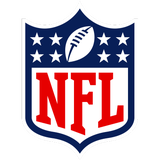
Get more from National Football League Follow your favorites to get information about games, news and more
